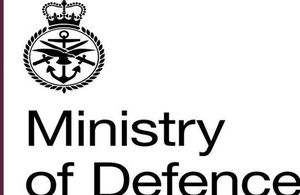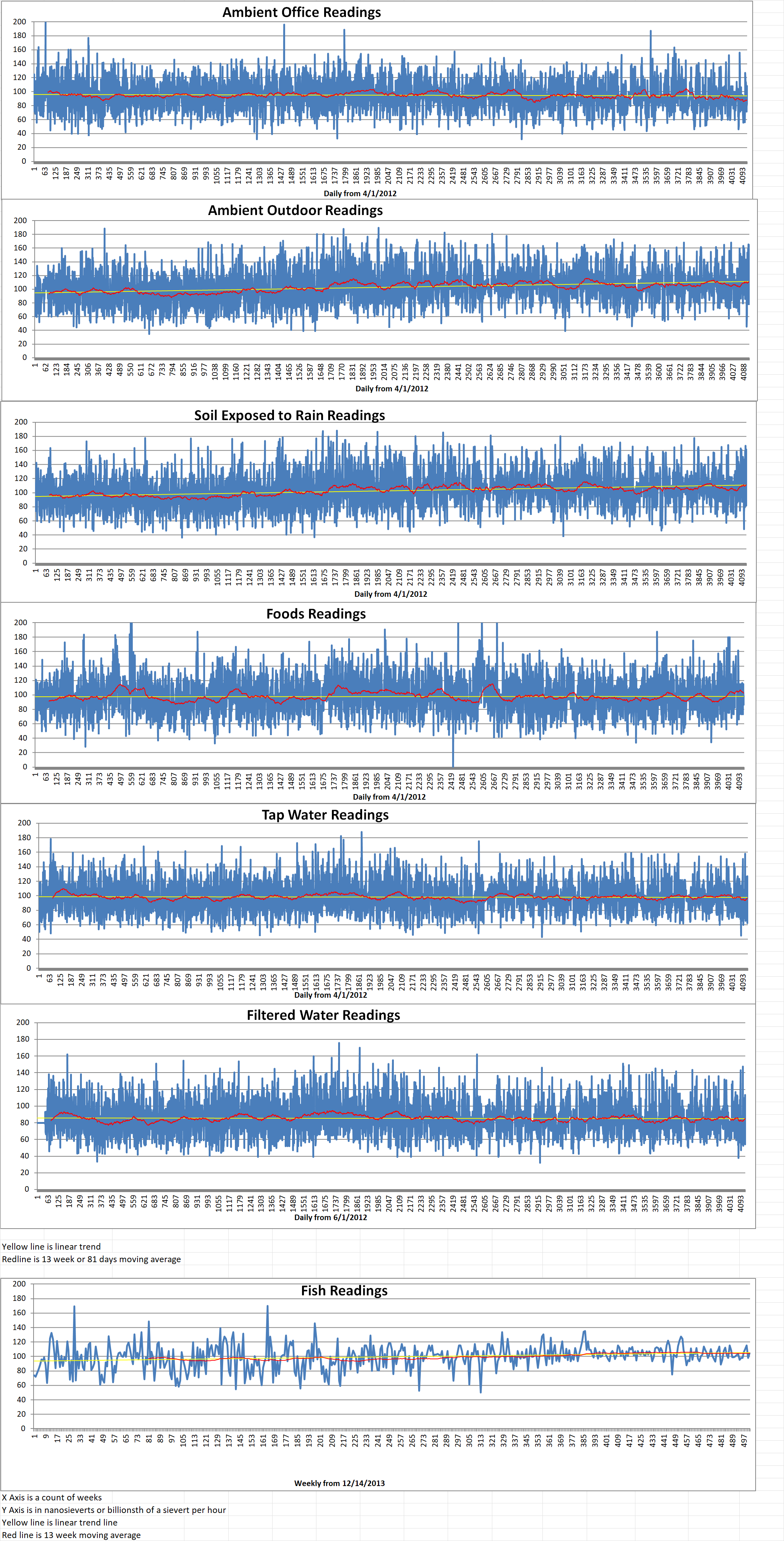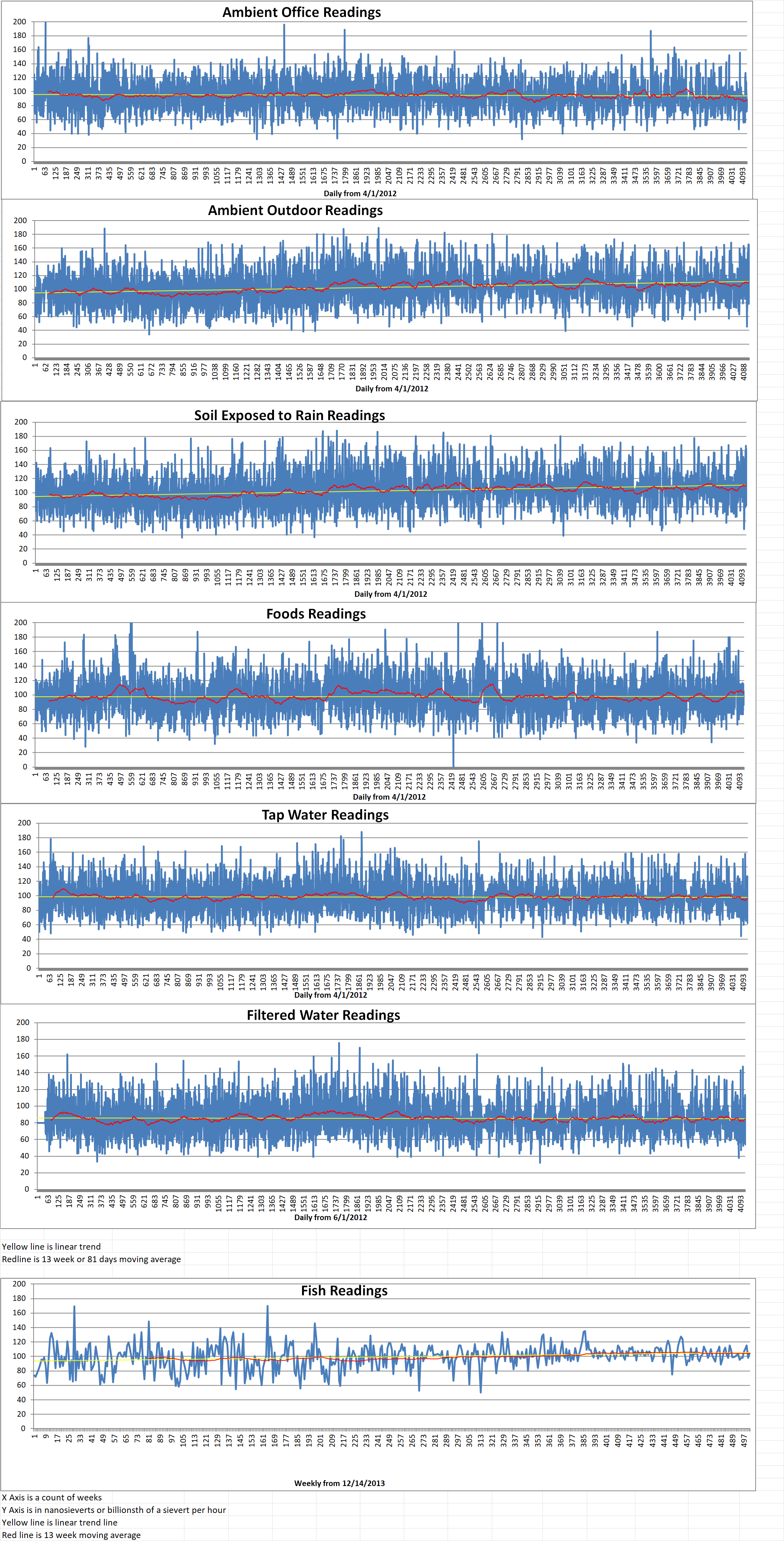Part 2 of 2 Parts (Please read Part 1 first)
In 2017, evidence was submitted to a parliamentary public accounts committee investigation of the deal to build Hinkley Point C power plant. On the basis of the evidence, the committee asked the then MoD head (who previously oversaw civil nuclear contract negotiations) about the military nuclear links. His response was:
“We are completing the building of the nuclear submarines which carry conventional weaponry. We have at some point to renew the warheads, so there is very definitely an opportunity here for the nation to grasp in terms of building up its nuclear skills. I do not think that that is going to happen by accident; it is going to require concerted government action to make it happen.”
This is even more evident in government actions than words. For example, hundreds of millions of pounds have been dedicated to a nuclear innovation program and a nuclear sector deal which is “committed to increasing the opportunities for transferability between civil and defense industries.”
Despite all this, military pressures for nuclear power development are not widely recognized in the U.K. On the few occasions when it receives media attention, the U.K. government has officially denied the link.
Other nations with nuclear weapons are also striving to maintain expensive military infrastructures (especially around submarine reactors) just when the civilian industry is fading into obsolesce. This is the case in the US, France, Russia and China.
Other countries tend to be more honest about it, with the interdependence acknowledged at the executive level in the US for instance. French president Emmanuel Macron stated that: “without civil nuclear power, no military nuclear power, without military nuclear, no civil nuclear.”
This is one of the main reasons why nuclear-armed France is pressuring the European Union to support nuclear power. This is also why non-nuclear-armed Germany has phased out the nuclear technologies it once led the world in. Other nuclear-armed states are disproportionately fixated by nuclear power.
These military pressures help explain why the U.K. refuses to acknowledge poor nuclear performance, yet is so supportive of general nuclear skills. Powerful military interests are driving this persistence with characteristic secrecy and active PR.
Neglect of this situation makes it all the more disturbing. Outside defense budgets, off the public books and away from due scrutiny, expensive support is being dedicated to a joint civil-military nuclear industrial base mainly to help fund military needs. These hidden subsidies make nuclear submarines look affordable, but electricity and climate action more costly.
The conclusions are not obvious. Some might argue military needs justify excessive nuclear costs. But history teaches that policies are more likely to go awry if reasons are hidden. In the U.K., nuclear realities have been strongly officially denied. However, the issues are not just about energy, or climate, but democracy.
If nuclear weapons could be abandoned, then a great deal of public money would be released to spend on renewable energy sources. This would allow the mitigation of climate change to proceed much more quickly.
Blog
-

Nuclear Weapons 843 – The United Kingdom Is Hiding The Contribution That Civilian Nuclear Programs Contribute To Nuclear Weapons – Part 2 of 2 Parts
-
Nuclear News Roundup January 12, 2024
Trump claims he prevented ‘nuclear holocaust’ in released deposition tapes – video theguardian.com
Russia shoots down US proposal to restart nuclear arms control talks thehill.com
N. Korea’s January ideological propaganda focuses mainly on nuclear program achievements dailynk.com
Abandoning nuclear weapons and internal rebellions: Senior Ukrainian official explains when talks with Russia are possible news.yahoo.com
-

Geiger Readings for January 12, 2024
Ambient office = 90 nanosieverts per hour
Ambient outside = 129 nanosieverts per hour
Soil exposed to rain water = 136 nanosieverts per hour
Bannana from Central Market = 93 nanosieverts per hour
Tap water = 80 nanosieverts per hour
Filter water = 69 nanosieverts per hour
-

Nuclear Weapons 842 – The United Kingdom Is Hiding The Contribution That Civilian Nuclear Programs Contribute To Nuclear Weapons – Part 1 of 2 Parts
Part 1 of 2 Parts
The U.K. government has just announced the “biggest expansion of the nuclear sector in 70 years.” This follows years of extraordinarily expensive support for nuclear projects.
Official assessments acknowledge that nuclear power generation performs poorly compared to alternatives. With renewables and storage significantly cheaper and becoming even cheaper over time, climate goals can be achieved faster, more affordably and reliably by diverse other means. The only new nuclear power station under construction is still not finished, running ten years late and many times over budget.
Why does this questionable technology enjoy such intense and persistent generosity?
The U.K. government has failed to even to try to justify support for nuclear power in the kinds of detailed substantive energy terms that were once routine. The last properly rigorous energy generation white paper was in 2003.
Even before wind and solar costs plummeted to new lows, this report recognized nuclear as “unattractive.” The delayed 2020 white paper on power generation didn’t detail any comparative nuclear and renewable costs, let alone justify why this more expensive option receives such disproportionate funding.
A document published with the latest announcement, Civil Nuclear: Roadmap to 2050, is also focused more on affirming official support than substantively justifying it. While supposedly a “civil” strategy, it contains multiple statements about addressing “civil and military nuclear ambitions” together to “identify opportunities to align the two across government.”
These pressures from the military side are acknowledged by other states with nuclear weapons, but were until now treated like a secret in the UK. Civil nuclear energy generation maintains the skills and supply chains needed for military nuclear programs.
Official U.K. energy policy documents fail to seriously justify nuclear power, but on the military side the picture is clear. For example, in 2006 then prime minister Tony Blair performed a total reversal to ignore his own white paper and pledge nuclear power would be “back with a vengeance.” Widely criticized for being based on a “secret” process, this white paper followed a major three volume study by the military-linked RAND Corporation for the Ministry of Defense (MoD) effectively warning that the U.K. “industrial base” for design, manufacture and maintenance of nuclear submarines would become unaffordable if the country phased out civil nuclear power.
A 2007 report from submarine-makers BAE Systems called for these military costs to be “masked” behind civil programs. A secret MoD report in 2014 (later released by freedom of information) showed clearly how declining nuclear power erodes military nuclear skills.
In multiple parliamentary hearings, academics, engineering organizations, research centers, industry bodies and trade unions have urged continuing civil nuclear power generation as a means to support military capabilities.
In 2017, submarine reactor manufacturer Rolls Royce even issued a report, marshaling the case for expensive “small modular reactors” to “relieve the MoD of the burden of developing and retaining skills and capability.”
The U.K. government itself has remained reluctant to acknowledge this pressure to “mask” military costs behind civilian nuclear programs. Yet the motive is clear in the repeated emphasis on the supposedly self-evident imperative to “keep the nuclear option open” – as if this were an end in itself, no matter what the cost. Energy ministers are occasionally more honest, with one calling civil-military distinctions “artificial” and quietly saying: “I want to include the MoD more in everything we do”.
Please read Part 2 next -
Nuclear News Roundup January 11, 2024
Global survey finds high public support for nuclear world-nuclear-news.org
SMR completes Canadian design review milestones world-nuclear-news.org
Temelín cuts energy use ‘by equivalent of small town’s consumption’ world-nuclear-news.org
Danish university to create new nuclear research centre world-nuclear-news.org
-

Geiger Readings for January 11, 2024
Ambient office = 94 nanosieverts per hour
Ambient outside = 129 nanosieverts per hour
Soil exposed to rain water = 129 nanosieverts per hour
Avocado from Central Market = 105 nanosieverts per hour
Tap water = 100 nanosieverts per hour
Filter water = 84 nanosieverts per hour
-

Nuclear Reactors 1336 – Kazakprom Riding Rising Tide Of Uranium Prices
Kazatomprom is the biggest uranium miner in the world. It has warned that it is likely to fall short of its production targets over the next two years. This announcement added another risk to uranium supply as demand for the nuclear fuel rebounds.
The uranium miner is a London-listed company. It is controlled by Kazakhstan’s government via its sovereign wealth fund. The company said on Friday that shortages of sulfuric acid and construction delays at newly developed deposits are creating production challenges that could persist into 2025. Kazakhstan will outline the likely impact on output in a trading update by Feb. 1, it said.
This setback adds to a list of supply challenges that have helped to catapult spot uranium prices to 15-year highs. Last year, the coup in Niger disrupting shipments to European reactors. Key miner Canada’s Cameco Corporation lowered its production targets due to challenges at its operations in Canada. Many of Cameco’s mines were mothballed as prices plunged in the wake of the Fukushima disaster. Now operators are racing to bring the shuttered Cameco mines back online as uranium demand rebounds.
The global decarbonization drive and the disruption in energy markets in the wake of Russia’s invasion of Ukraine have helped spark a renaissance in the nuclear industry. National governments are increasingly willing to sign off on new nuclear projects despite cost over-runs and delays that continue to plague the nuclear sector.
Shares in uranium miners jumped across the globe this week after the U.S. said it is soliciting bids to boost domestic production of a nuclear fuel known as high-assay low-enriched uranium (HALEU). The U.S. said that this was an effort to bolster national energy security. The U.K. also said this week that it will build another large-scale nuclear power plant as the nation maps out its biggest expansion of atomic energy in 70 years. This is beyond current projects by Electricite de France SA. The U.K. also intends to invest up to US$383 million dollars to boost production of HALEU. This nuclear fuel is currently only commercially produced in Russia.
The war in Ukraine has triggered efforts to ease reliance on Russia’s nuclear enrichment facilities. These facilities are fed by Kazakhstan’s mines. The growing interdependence between the two countries has caused turmoil at Kazatomprom. The sale of a stake in a massive new mine to Russia in 2022 prompted an exodus of the senior managers.
The deal for part of the Budenovskoye mine which is projected to become the world’s biggest source of the radioactive metal, will add to Russia’s nuclear power monopoly, Rosatom. It went through at the end of 2022, people familiar with the matter told Bloomberg last year. The deal was pushed by Kazakhstan’s sovereign wealth fund. It has been reported that action was against the wishes of the leadership at Kazatomprom.
Kazatomprom said on Friday that it’s committed to fulfilling its contractual obligations to existing customers throughout 2024. The uranium miner’s production plans for 2025 are subject to “considerable supply chain risks,” it added. -
Nuclear News Roundup January 10, 2024
Health risks from nuclear contamination in St. Louis denounced at congressional hearing sourcenm.com
Officials send more warm water from nuclear plant to melt ice in Kankakee River cbsnews.com
Deposition video shows Trump claiming he prevented “nuclear holocaust” as president cbsnews.com
US Administration signs off on federal funding for Diablo Canyon world-nuclear-news.org
-

Geiger Readings for January 10, 2024
Ambient office = 88 nanosieverts per hour
Ambient outside = 165 nanosieverts per hour
Soil exposed to rain water = 162 nanosieverts per hour
Tomato from Central Market = 87 nanosieverts per hour
Tap water = 63 nanosieverts per hour
Filter water = 54 nanosieverts per hour
-

Nuclear Weapons 841 – Dmitry Medvedev Threatens Use Of Nuclear Weapons in Ukraine
Russia has not been shy about threatening the use of nuclear weapons against perceived enemies. They have a long history of flying nuclear bombers through foreign airspace without warning. They regularly sail nuclear capable warships and submarines through other countries territorial waters without notice. Putin is fond of bragging about horrendous new nuclear weapons such as a stealth undersea nuclear-armed drone that could sail right into any harbor in the world undetected. They have talked about and tested a nuclear-powered cruise missile that could fly for years without refueling.
Russia’s nuclear policy states that if they are fighting a ground war against NATO and are being defeated on the battlefield with conventional weapons, they would consider the first use of tactical nuclear weapons on the battlefield.
Recently, Putin bragged about sending tactical nuclear weapons to Belarus for possible use against Ukraine. A senior ally of President Vladimir Putin warned on Thursday that any Ukrainian attacks on missile launch sites inside Russia with arms supplied by the United States and its allies would risk a nuclear response from Moscow.
Former Russian President Dmitry Medvedev cast himself as a liberal modernizer when he was president from 2008-2012, but now presents himself as one of the fiercest anti-Western Kremlin hawks. Medvedev is currently deputy chairman of Russia’s Security Council. He recently said that some Ukrainian military commanders were considering hitting missile launch sites inside Russia with Western-supplied long-range missiles. He did not give more details of the alleged plans and there was no immediate reaction from Ukraine.
He said, “What does this mean? It means only one thing – they risk running into the action of paragraph 19 of the fundamentals of Russia’s state policy in the field of nuclear deterrence. This should be remembered.”
Paragraph nineteen of Russia’s 2020 nuclear doctrine sets out the conditions under which a Russian president would consider using a nuclear weapon. They could be used as a response to an attack using nuclear or other weapons of mass destruction, or to the use of conventional weapons against Russia “when the very existence of the state is put under threat.” Medvedev specifically mentioned point “g” of paragraph nineteen which deals with the nuclear response to a conventional weapons attack.
Putin is the decision-maker when it comes to Russia’s vast nuclear arsenal. However, diplomats say Medvedev’s views give an indication of hawkish thinking at the top of the Kremlin which has cast the war as an existential struggle with the West.
Kremlin critics have often dismissed some of Medvedev’s nuclear threats in the past as attempts to grab attention or to dissuade the West from supplying Ukraine with more weapons. The United States and its allies have recently approved nearly $250 billion in military and other support for Ukraine.
The risk of nuclear escalation has hung over the Ukraine war since Russia invaded its neighbor in February 2022. The U.S. feared a Russian nuclear escalation in late 2022. Jake Sullivan is the White House national security adviser. He communicated to Russia concerns about any steps towards the use of a nuclear device in Ukraine.
Russia and the United States are by far the world’s biggest nuclear powers. Russia controls about five thousand eight hundred and ninety nuclear warheads while the U.S. controls about five thousand two hundred and forty nuclear warheads, according to the Federation of American Scientists.
